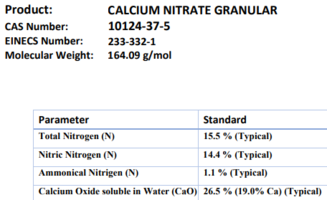I am at around 10ppm potassium now and my h.compact plant just started showing same symptoms as your. Not the pinholes, but the leaf surface is wrinkly and not flat/smooth. That's very interesting, I wonder if this is just a temporary event, like I observed with h.polysperma. My H.Siamensis' leaf shape is back to what it should be and is no longer curled, also ludwigia arcuata started growing larger. I started dosing Urea daily, I don't get any ammonia reading, but my NO2 went up, so I slowed down for now. I added some biomedia to my filter and will see if I can push it slowly to what I want, in the meantime I continue to front load CaNO3.I've attached 2 pics below named 'before' and 'after'. The before pic was taken quite a long time ago tbh, it was even before a rescape I did... but it's growth has mostly been the same until the potassium change. You can see some of the lower leaves aren't exactly healthy, ignore that, I was having fluctuating co2 at the time. You can see all the new leaves on it look very luscious, healthy and big. In the 'after' pic, you can see that the leaves don't quite look fully deployed, there is some warping on most of the leaves.
I've changed my K levels quite a lot, the plant grew as the 'before' pic anywhere between 20-60ppm of K. The 'after' pic is now that I have lowered the K to 5ppm.
I also have hygrophilia siamensis 53b, hygrophilia polysperma rosanervig, monte carlo, ludwigia glandulosa, limnophila hippuridoides, rotala h'ra, bucephelandra kedagang, anubias (mini, petite and coin), java ferns (regular and trident), pogostemon erectus, s.repens, and various cryptcorynes, echinodorus' and a sword plant. All of these have either not reacted or showed improve growth.
From my understanding, this is a gross overdose. Plants take up more nitrogen than potassium, and if you were to dose 30ppm of NO3 (standard EI), then this provides 6.78N, so potassium shouldn't need to exceed this number (6.78). Someone more knowledgeable correct me if I'm wrong on this please... but I guess this is where it gets more complicated if certain ratios are important... i.e the plants don't take up anywhere near as much magnesium as potassium, yet it seems it may benefit certain plants to have the potassium be lower... this is beyond my pay gradeI can't imagine any tank that needs anywhere near 100ppm of K though.
Will upload some pictures tomorrow.
Last edited:




